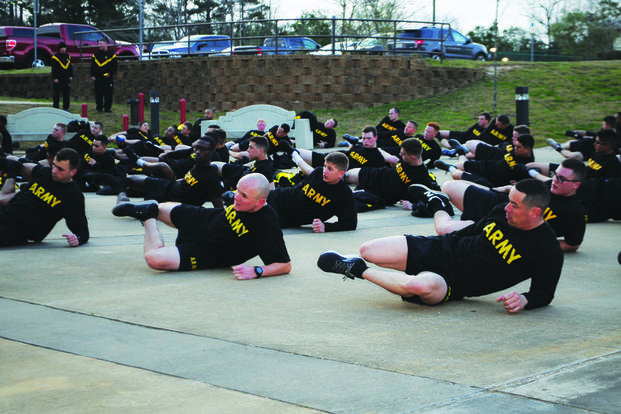Over the past 20-30 years, fitness and sports training programs have evolved in a way that yields exceptional human performance results. You may remember in the 1970s and '80s that a 4.5-second, 40-meter sprint was unheard of. Three-hundred-pound football players were nonexistent. Now, 300-pound football players can run the 40-meter sprint in 4.6 seconds. The average weight of linemen in football is 300+ lbs. You cannot argue with results. Sports science and training are producing some of the biggest, fastest and strongest people in human history.
Another aspect of fitness that has evolved is how athletes and active people warm up before exercise. Years ago, we would warm our bodies up with static stretches. Toe touches, knee bends, calf stretches, bending at the waist, arm and shoulder stretches -- you name it.
We used to have 15-20 team-based stretches that we went through each day prior to practices and games. That evolved into running a few laps around the field or riding a bike to warm up before we stretched. Now, people are skipping the static stretches altogether and doing dynamic warmup stretches and joint mobility movements before and after lifting, sprinting and endurance workouts.
So, what is the difference between the three methods of warming up, and do they help to warm you up, build flexibility and even prevent injury?
Static Stretching Cold
This method of warming up and stretching does very little of either. Warming up should involve activities that increase your body heat. Stretching cold or stiff muscles can lead to micro tears deep in the muscle fiber and connective tissues. Even though we would start off the stretch routine with a 20-30 rep set of jumping jacks, it still was not enough to warm up the body effectively.
Now, I am a fan of static stretching, but only after a workout or after a 10- to 15-minute warmup, working the muscles that will be involved in the prolonged activity I will be doing. I highly recommend static stretching and yoga-based stretches for all parts of the body for general health and joint maintenance.
Plus it just feels good to stretch sometimes. Here is an excellent video about many of the static stretches that can be done. Notice it is a post-workout stretch routine: Static Stretch Video.
Warm Up, Then Static Stretching
Running, biking, swimming or other forms of cardio are great ways to increase your body heat before stretching, whether you prefer static stretches or moving into more dynamic movements to complete your warmup. The goal of warming up is to warm up, so get moving before pushing or pulling any stiff muscles. They will become more pliable as the body warms.
Some studies have shown that it takes more than 4-6 months to make a muscle more flexible, so a long-term stretching plan is recommended if you have problems with basic movements like toe touches, hips or shoulder mobility.
Dynamic Stretching
Dynamic movements before exercise or competition has become the gold standard of the warmup over the years. Major joint movements will help reduce stiffness before a run or heavy lifting workout. Dynamic stretching works by flexing one group of muscles to stretch the opposite group of muscles. Exercises like the butt-kicker or Frankenstein walks flex and stretch the front and back side of the leg while working movement in the knee, hip and ankle joints. Learning several of these movements will be beneficial to how you feel during physical activity.
Check out this excellent dynamic warm up routine.
So which type should you do? The number one rule that most people in the fitness and sports industry will agree on is that you should be warm (increase your body temperature) before doing any stretching or activity. So warm up with movement first, then stretch or stretch at the end of the workout, or when you feel like you need to.
Stew Smith is a former Navy SEAL and fitness author certified as a Strength and Conditioning Specialist (CSCS) with the National Strength and Conditioning Association. Visit his Fitness eBook store if you're looking to start a workout program to create a healthy lifestyle. Send your fitness questions to stew@stewsmith.com.
Want to Learn More About Military Life?
Whether you're thinking of joining the military, looking for fitness and basic training tips, or keeping up with military life and benefits, Military.com has you covered. Subscribe to Military.com to have military news, updates and resources delivered directly to your inbox.



















